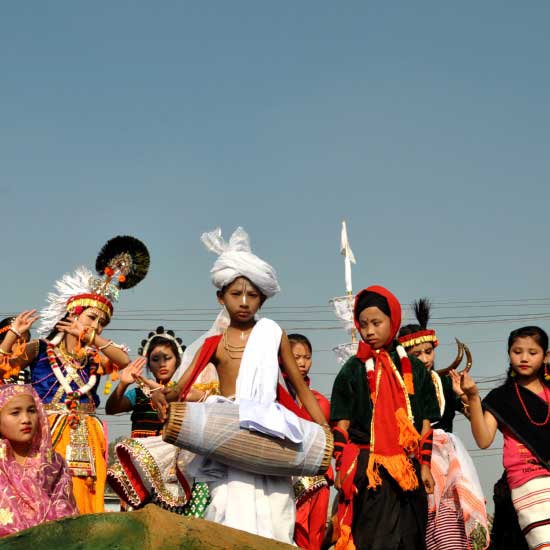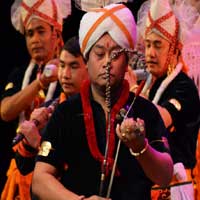Initially, the majority of the Meitei/Meetei community, who predominantly practice Vaishnavite Hinduism, did not give serious consideration to the proposal. They were not inclined to easily accept it, as they viewed it solely from a religious perspective. It is well-known that in the past, we ourselves claimed to be racially Aryan and descendants of Arjuna, the mythological hero of the Mahabharata, which was a falsehood and a fabricated history. However, this erroneous narrative had a significant impact on the general Vaishnavite Meitei/Meetei public. To enlighten them about the realities and our true origins, a comprehensive awareness campaign was necessary. In addition to the awareness campaign, the Committee conducted further research to gather supporting documents and information about the Constitutional provisions that grant safeguards to the indigenous peoples of India.
Various memoranda, representations, and reminders have been consistently submitted to both the Manipur Government and the Central Government, urging them to take the necessary actions to grant Scheduled Tribe (ST) status to the indigenous Meitei/Meetei community. Additionally, awareness campaign and mobilization efforts have been ongoing to build a mass movement. However, the response from the Manipur Government has been unsatisfactory and non-committal, with occasional general statements indicating that the matter will be considered and appropriate action will be taken after consulting all stakeholders. Dissatisfied with the State Government's indifferent and apathetic attitude, the STDCM, along with the Meitei/Meetei people, have initiated various democratic movements and agitations to exert pressure on the Government to take the necessary steps to send the required recommendations to the Central Government. These actions have included sit-in protests at different locations, demonstrations, short rallies, forming human chains, shouting slogans, storming the residences of Meitei Ministers and MLAs, including the Chief Minister, bike rallies, mass rallies, general strikes, and protests at main market centres. Unfortunately, the Manipur Government has not yet taken any necessary step in this regard.

